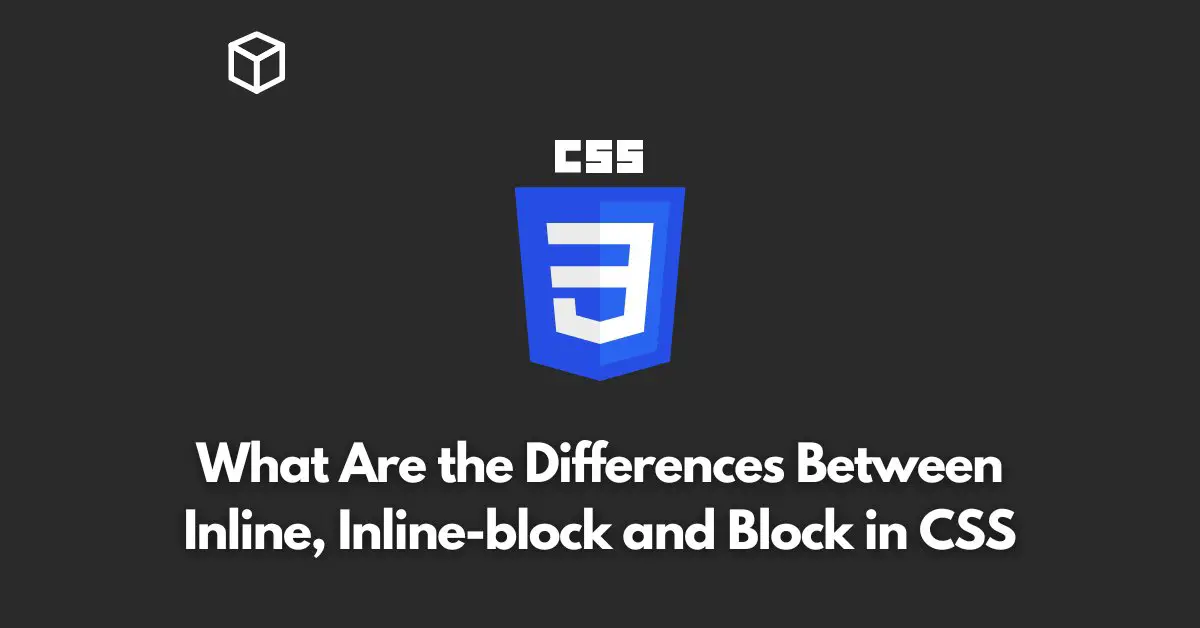CSS is a powerful tool that helps web designers and developers control the layout and appearance of their web pages.
One of the key concepts in CSS is the display property, which determines how elements are displayed on a page.
In this CSS article, we’ll take a closer look at three of the most commonly used display values: inline, inline-block, and block.
Understanding the Differences
The display property can be set to one of several values, including inline, inline-block, and block.
Each of these values affects how an element is displayed on a page, and each has its own set of advantages and disadvantages.
Inline
When the display property is set to inline, an element will be placed inline with the text, just like a word in a sentence.
This means that the element will only take up as much width as necessary and will not take up a full line on its own.
Inline elements are typically used for text-level elements such as links and spans.
One of the main advantages of using inline elements is that they can be easily integrated into text and don’t disrupt the flow of the page.
However, inline elements do not have a set width and height, so they can’t be used to control the layout of the page.
Inline-block
Inline-block elements are similar to inline elements, but they do have a set width and height.
This means that they can be used to control the layout of the page, but they still don’t take up a full line on their own.
Inline-block elements are typically used for smaller elements such as buttons and images.
One of the main advantages of using inline-block elements is that they can be used to control the layout of the page while still maintaining a natural flow.
However, they are more difficult to work with than inline elements because they require specific widths and heights.
Block
When the display property is set to block, an element will take up the full width of its parent container and create a new line after it.
Block elements are typically used for larger elements such as headings and paragraphs.
One of the main advantages of using block elements is that they are easy to work with and can be used to control the layout of the page.
However, they can disrupt the flow of the page if not used carefully.
Choosing the Right Display Value
When deciding which display value to use, it’s important to consider the specific needs of your project.
Inline elements are best for text-level elements that don’t need to control the layout of the page, inline-block elements are best for smaller elements that need to control the layout, and block elements are best for larger elements that need to control the layout.




